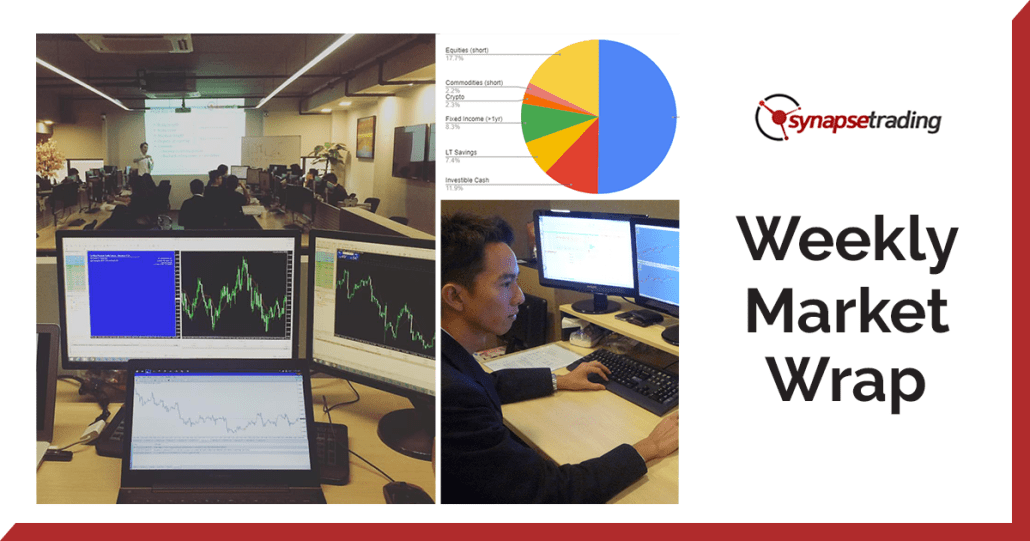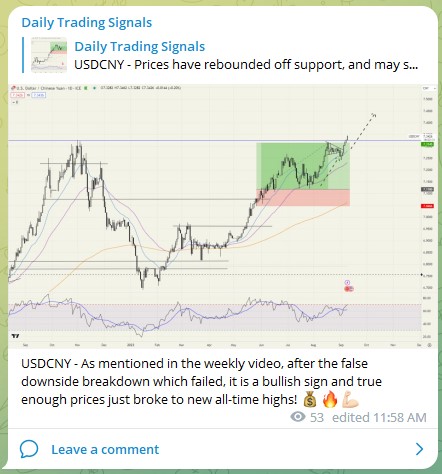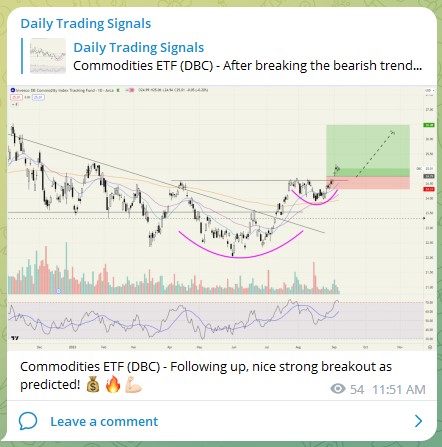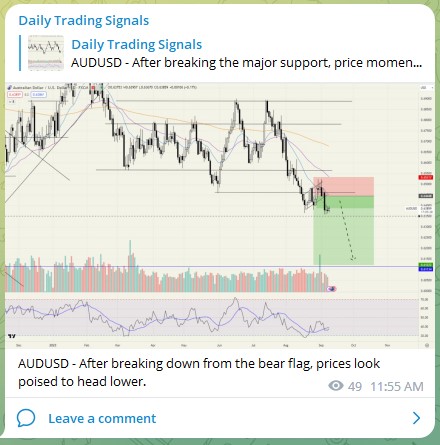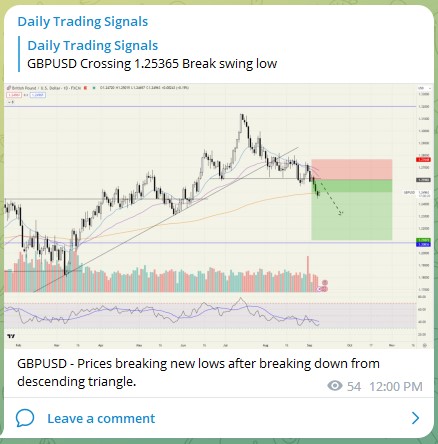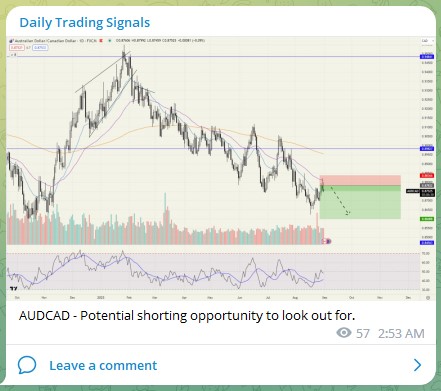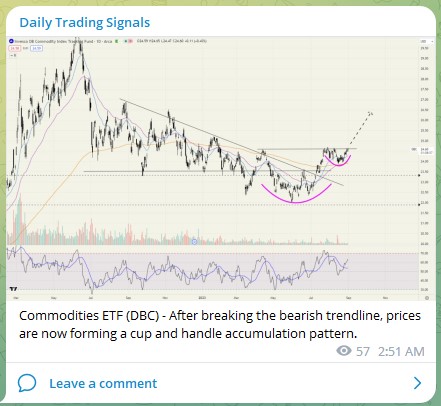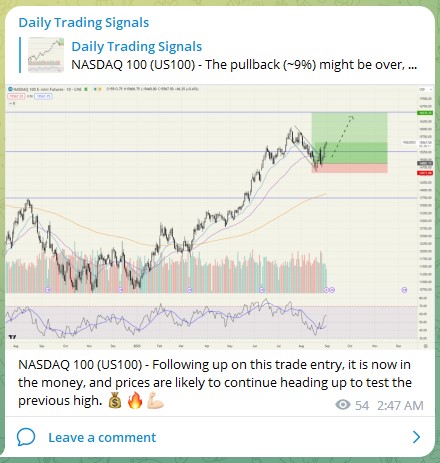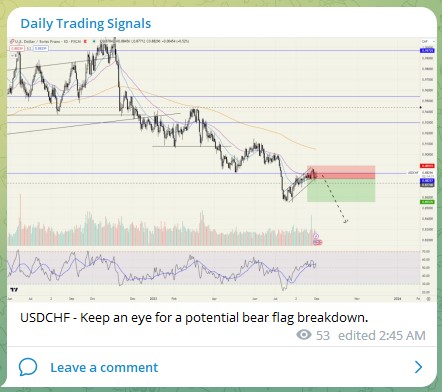Bollinger Bands have gained widespread recognition for their ability to incorporate volatility and capture price action, making them a popular tool among Forex traders.
However, several lesser-known technical indicators, such as Donchian channels, Keltner channels, and STARC bands, also offer valuable opportunities for identifying swing action and profitable trades.
These indicators are widely used in the futures and options markets and are well-suited for the vast liquidity and technical nature of the Forex market.
- Donchian channels use a moving average to signal uptrends on upper band breaks and downtrends on lower band breaks.
- Keltner channels rely on the average true range (ATR) or volatility, with breaks above or below the bands indicating potential continuation.
- STARC bands determine high-probability trades: breaking the upper band signals a lower-risk sell, while touching the lower band presents a lower-risk buy opportunity.
Although these band indicators vary in calculation and interpretation, each provides unique insights into price action.
Below is a breakdown of how each of these indicators works and how traders can apply them in the Forex market.
Donchian Channels
Donchian channels are price channel studies available in most charting platforms, useful for both novice and expert traders. Originally designed for the commodity futures market by Richard Donchian, this indicator has found broad application in Forex markets. It aims to capture profitable entries by signaling new trends when price penetrates either the upper or lower band.
Signals:
- Buy (Long): When price breaks above the upper band.
- Sell (Short): When price breaks below the lower band.
Rather than signaling reversals, Donchian channels help identify when a new trend may be emerging.
For instance, if price action surpasses the high range, it may indicate an uptrend. Conversely, if it drops below the low range, a downtrend might be forming.
Example: In a one-hour EUR/USD chart, we observe that price action breaks through the upper band on December 8, signaling a potential long position. A trader following this signal could have captured nearly 100 pips in a short-term intraday trade.
Keltner Channels
Keltner channels, introduced by Chester W. Keltner and later modified by Linda B. Raschke, use ATR to measure volatility and generate trade signals similar to Bollinger Bands.
However, Keltner channels rely on the high and low prices to calculate volatility rather than standard deviation.
Signals:
- Buy (Long): When price breaks above the upper band.
- Sell (Short): When price breaks below the lower band.
These channels favor a continuation of the price movement after breaking the bands rather than expecting a reversal back to the median.
Example: In a daily GBP/JPY chart, the price action breaks above the upper band, signaling the trader to enter a long position.
This setup offers multiple opportunities to capture profitable swings, including a 300-pip gain after the initial breakout.
STARC Bands
STARC bands (Stoller Average Range Channels), developed by Manning Stoller, incorporate volatility into their calculations, similar to Bollinger Bands.
However, they focus on identifying higher-probability trades by highlighting lower-risk sell and buy opportunities.
Signals:
- Sell (High-Risk): When price reaches the upper band.
- Buy (Low-Risk): When price touches the lower band.
STARC bands are particularly useful in helping traders identify lower-risk entry points. When paired with disciplined money management, this indicator can minimize losses while maximizing gains.
Example: In a NZD/USD chart, price action reaches the upper band, signaling a low-risk sell opportunity. Confirming this with a Stochastic oscillator, the trader could capture a 150-pip profit as the currency pair retraces.
Putting It All Together
Combining band-based indicators such as Donchian channels, Keltner channels, and STARC bands provides a diverse approach to identifying profitable opportunities in the Forex market.
Concluding Thoughts
While Bollinger Bands are widely recognized, lesser-known band indicators like Donchian channels, Keltner channels, and STARC bands offer unique and equally profitable opportunities.
By understanding and incorporating these alternative tools, both novice and experienced traders can diversify their strategies and enhance their ability to capture opportunities in the Forex market.
The Synapse Network is our dedicated global support team, including event managers, research teams, trainers, contributors, as well as the graduates and alumni from all our previous training program intakes.


